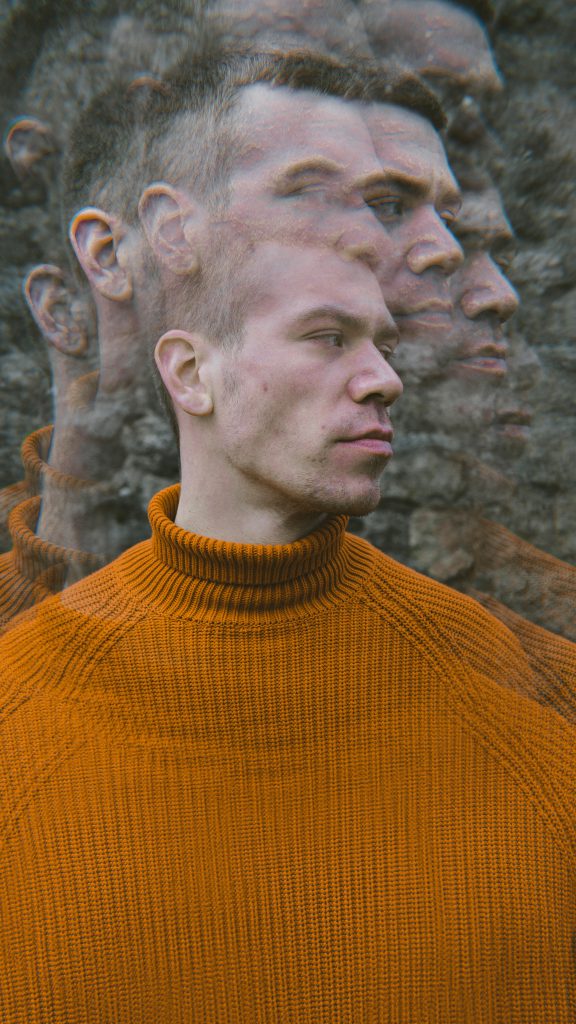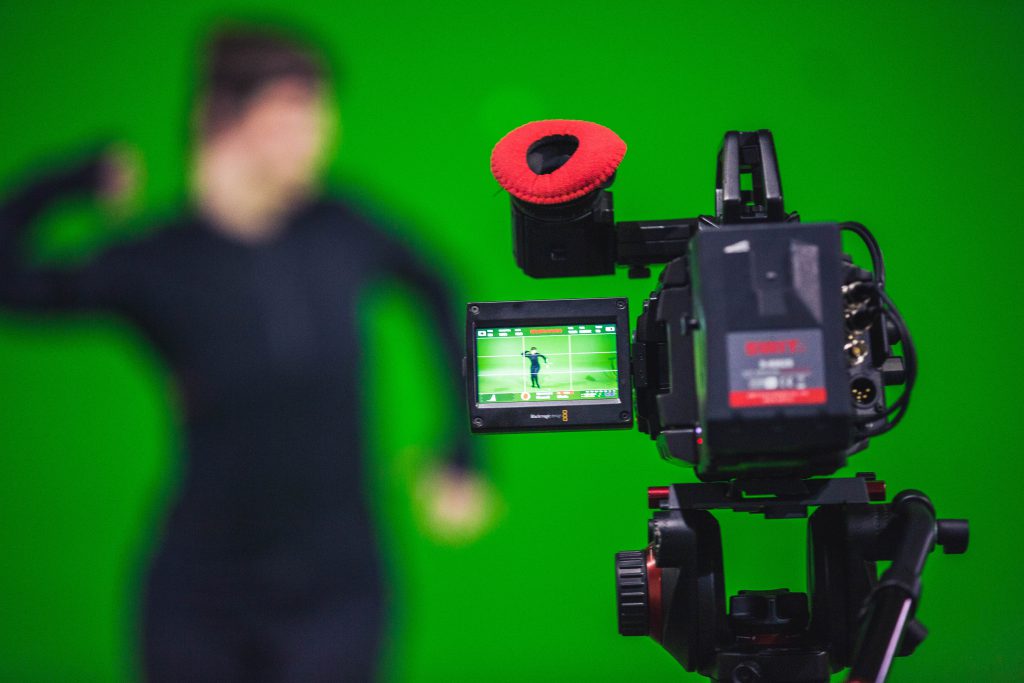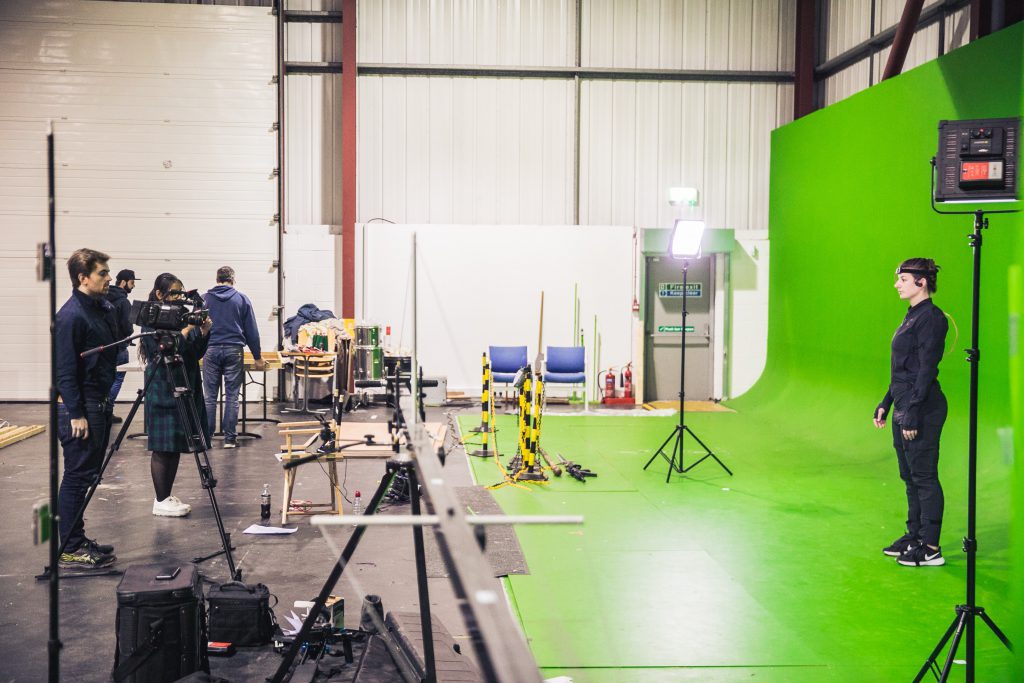Visual Effects (commonly known as VFX) is a large field within film and video making. Although people often use the terms “CGI,” “VFX,” and “Animation” interchangeably, these are all quite different elements of the process.
What do they have in common? All are completed during post-production.
As video professionals, we think it’s important that you grasp what it is we actually do. To help you better understand all the facets of video production, we’re doing a brief blog series on some of its core tenets.
We hope this will enable you to (1) know what goes into video production and (2) communicate well with those who make videos. Keep in mind, however, that this is an overview. We’ll be skipping over many things – even entire roles that are crucial to the production process.
Now, let’s explain what goes into visual effects. This will be our final post in this series.
Definitions
Wikipedia describes visual effects as “the process by which imagery is created or manipulated outside the context of a live action shot in filmmaking.” In a broader sense, visual effects is “spicing up” live action footage with major or minor tweaks.
This could range from something as simple as removing a wire from the shot all the way to inserting a realistic dragon into the scene. In general, visual effects are impossible to create physically on film or raw footage.

What VFX is Not
Often, visual effects are augmented by real elements captured in camera. These are called special effects. Special effects are “visual tricks” that produce scenes that cannot be achieved via normal techniques. We might see this when someone jumps through a window, is lit ablaze, or sets off a real explosion. This can also be achieved through more obvious means like crashing a plane into a hangar.
Adding VFX to a scene creates great visual embellishments, and special effects make those embellishments more believable. In a film like Scott Pilgrim, special effects might include a real explosion that propels a person through the air, pulled by wires. Visual effects, on the other hand, might add a screen flare that accompanies this.
The point is that special effects happen on set; visual effects are produced after the production phase has ended.

CGI vs. VFX
Additionally, we often hear the word “CGI” thrown out when describing VFX. Although related, CGI – which stands for computer-generated imagery – creates images and objects that are later composited into a scene. Visual effects, on the other hand, mixes real film with fake or animated images.
Generally, CGI refers to the objects and creatures we see on screen, whereas VFX refers to the technical underpinnings that embellish the video. For example, Toy Story is a film entirely created with CGI; in contrast, Lord of the Rings is a film created majorly with visual effects. Although Lord of the Rings includes CGI characters, the bulk of the visuals are done with green screens, motion capture, compositing, trickery within the camera, etc.
Visual Effects might include the use of motion capture, matte painting, or other techniques, whereas the use of CGI will include modeling, rigging, animation, etc. However confusing the similarities and differences may be, all of these disciplines come together to create awesome things.
The Visual Effects Process
All this is to say that the terms we typically use when discussing VFX are usually a part of the process. Compositing, for example, is the last step of the pipeline. This is when everything is added together; green screen footage, CGI characters, etc. are all composited into one final image.
These things, of course, are also distinct from animation as a field. Animation concerns itself with “breathing life into a character,” whereas visual effects seek to add something unique to a live action shot.
VFX for Video
Like we’ve written in other articles, visual effects can be handled by whole teams or separate departments. Sometimes, though, these tasks can be completed by one person. Depending on the size of the organization, a VFX artist may wear multiple hats.
The visual effects artist is most often looking to fulfill a vision that supports your story. Usually, this means creating convincing effects that look realistic to an audience. In other cases, style wins out as they use heavy imagery to tell the story.
Either way, a VFX artist needs to understand your end goal. What is your video going to look like? How much stylization is there? What colors do you see in your mind’s eye?
Be clear and upfront as to what you’re looking for. Communicate your full vision but allow room for their creative input. Although you might have a good idea, a great VFX artist will have thoughts that would never have crossed your mind. Listen and be open to the unexpected yet unique directions that your project could go!
We hope you’ve enjoyed our brief series on what goes into video production! If you missed any posts, be sure to go back and read them.
Now get out there and keep creating!


